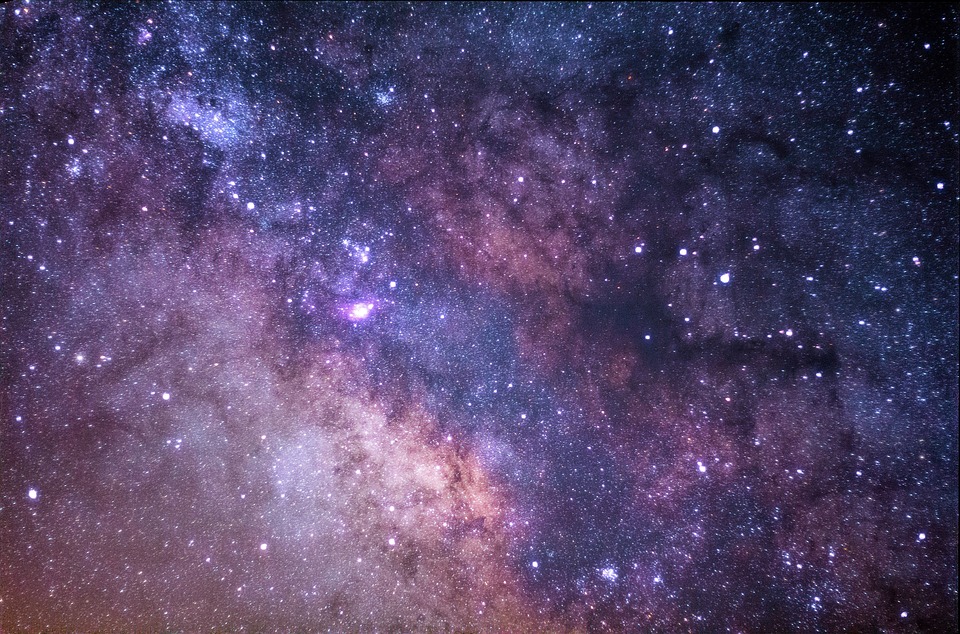MHCC SPACE ODDITIES SHOWCASE ‘FAR OUT’
Those familiar with Shakespeare and cheesy 2014 romance movies might recognize the phrase, “The fault, dear Brutus, is not in the stars, but in ourselves.”
It’s a stroke of luck that Caesar would make such a statement, as the stars shown in the MHCC Sky Theater on Nov. 6 and 9 were far out, man!

Web Photo
“Space Oddities: Stars that are Stranger than Fiction,” showcased a hand-picked variety of stars that deviate from our known understanding of suns. Neutrons, magnetars, and more bodies floated, incandescent, high above on the domed screen as Mt. Hood Planetarium director and astrology teacher Pat Hanrahan described properties of the gas clouds.
The screen stretched and warped into stunning star maps, to the delight of the mix of Mt. Hood students, adults, and children in attendance. In short order the presentation spun about, showcasing the chosen beauties to be discussed at length.
Examples of these oddball stars include pulsars, which toss out heaps of additional gas, star clouds that look like elephant heads, and more.
The presentation ended with Eric Idle’s famous tune, “Galaxy Song,” reminding the audience of how absolutely tiny humans are in this huge world.
Perhaps of concern to those who are normally disinterested in stars comes an intriguing little star collection called WR104. WR104 is located just around the Sagittarius cluster, and is near constantly rotating.
Inside of WR104 lies a star known as a Wolf-Rayet, signaling a star at the end of its lifespan. And, if WR104 were to supernova, then Earth would be bombarded with gamma radiation at light-speed.
No need to panic too much: According to a 2013 Forbes Magazine article, scientists say this particular star may collapse sometime between tomorrow and… 500,000 years in the future.
Still, before you call in sick to work on the off chance that tomorrow is the day, you should know that Grant Hill, researcher at the W.M. Keck Observatory in Hawaii, notes that the gamma rays would reach the Earth almost instantly. Effects of such an event include the possibility of extinction of many animal species, disruption of various food chains, and a 50 percent increase in solar radiation.
Aside from fear, though, the main feeling Hanrahan said he hopes to inspire at the Mt. Hood Planetarium is curiosity, and a continued interested in the stars and the beyond. He hopes that with a focus on the oddball stars, his visitors will be so intrigued they have to continue pondering the stars days after his presentation.
Shortly after the end of the Space Oddities presentation, a variety of people formed a small line in order to get answers to questions that had been raised by the session. Hanrahan patiently went over each question, delighted by the chance to speak candidly on topics such as black holes.
On Dec. 4 and Dec. 7, Hanrahan will be giving an updated show on the Orion’s Belt cluster of stars, including its close neighbors. All Planetarium shows start at 6 p.m. and end at 7:15. Questions are encouraged.
General admission tickets are $5, but are $2 for MHCC students with valid ID and children under age 17.

Leave a comment